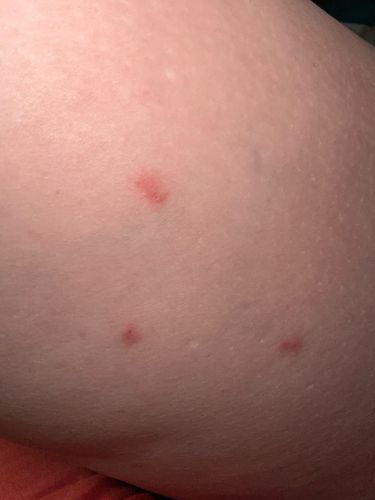Bed Bug
Scientific Name: Cimex lectularius
Order & Family: Hemiptera (order), Cimicidae (family)
Size: 4-5 mm (adult)

Natural Habitat
Dwellings where humans and other warm-blooded animals sleep, hiding in cracks and crevices in mattresses, bed frames, furniture, walls, and flooring.
Diet & Feeding
Exclusively blood of warm-blooded animals, primarily humans. They feed by piercing the skin and withdrawing blood.
Behavior Patterns
Nocturnal, typically feeding on sleeping hosts. They are attracted to carbon dioxide and body heat. Bites often occur in lines or clusters. They are highly resilient and can survive for months without a blood meal.
Risks & Benefits
Potential risks to humans include itchy welts from bites, allergic reactions, secondary skin infections from scratching, and psychological distress (anxiety, insomnia). They are not known to transmit diseases in humans. There are no known benefits.
Identified on: 9/7/2025